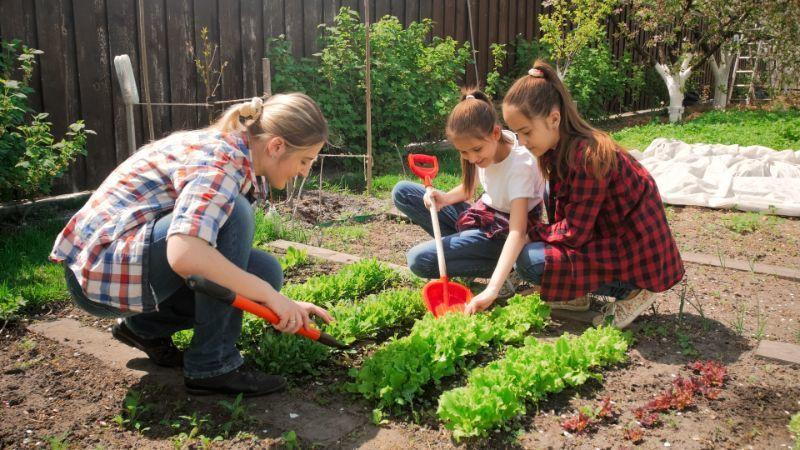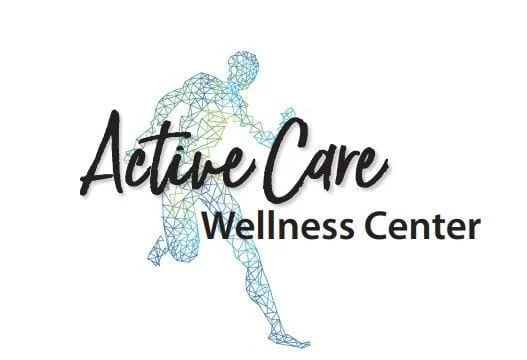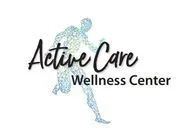
- posted: Jun. 01, 2023
Why would anyone have to exercise or stretch before going out in their garden? Gardening is seen in the public eye as a leisure activity, which for the most part it is. However, as a chiropractor who treats ailments of the musculoskeletal system, we see many “leisurely” gardeners in the clinic complaining of how they hurt themselves gardening.
What can you do to prepare yourself for the upcoming physical demands of gardening and lawn care? Whether you are already active in the gym or are someone who would rather do a workout at home, there are stretches and exercises for all individuals.
Warm-Up
Gardening isn’t the first anaerobic activity we typically think about when considering activities to do for exercise, but it is an activity we should consider warming up and preparing for before its physical demands. “Warming Up,” helps improve blood flow allowing for better oxygenation of muscles, faster muscle contraction/relaxation for adequate muscle metabolism, and injury prevention by loosening up joints before prolonged physical exertion. (Tri-City Medical, 2016) The first few attempts at gardening or yard work should be preceded by an adequate warm-up. For gym goers a walk on the treadmill at a minor incline for 10 minutes is sufficient, but for the weekend warriors and home goers, a light 15-minute walk around the neighborhood would suffice.
Stretching (Both at home and/or the gym)
Do I stretch before or after physical activity? The best answer to this question is yes, stretching is beneficial regardless of when it is performed. The most important aspect of stretching is performing the activity after some kind of aerobic warm-up or exercise (walking, jogging, lifting, etc.) Research suggests stretching muscles and soft tissue should be performed once increased blood flow is directed to the areas of concern you plan to stretch. (Harvard Health Publishing, 2022) These are just a few stretches to start with before you find your stretching routine:
- Low Lunge- Support yourself using a countertop or shovel and straighten one leg in front with the opposite leg behind your back. Lower yourself onto your back knee while keeping your back straight and arms ahead of you, grasping your support object. Hold for 30-60 secs then switch legs.
- Single Hamstring (Forward Facing Reach)- While on the floor with one leg straightened in front of you and the opposite leg bent in front of you. Straighten your lower back and lean slightly over the straightened leg. Hold for 30sec then switch legs.
- Forearms/Wrists- With your elbow fully straightened, lightly pull your fingers back towards your forearm. Hold for 30 secs. Again, with your elbow fully straightened point your fingers down to the ground and use the opposite hand to pull fingers towards the forearm. Hold 30 secs then switch arms.
Strengthening (Both at home and/or gym)
When performing exercises to gain strength and resistance to injury, it is important to incorporate movements that combat the everyday activities your body endures. In the case of gardening and yard work it is important to have a strong core, posterior chain (hamstrings, glutes, back, etc.), and forearms.
- Bird-Dogs/Planks- These exercises are great for core balance and stabilization. Planks should be performed to the person’s ability and strength, so start from your knees and hands before progressing to your toes and hands. Bird-dog is an active form of planking where the arms and legs are slowly moved away from the body’s center of mass in opposing motions. (Left arm straight with right leg straight) For this exercise, it is important to control the speed of the motions as well as the flat positioning of the hips and shoulders in relation to the back.
- Push-Ups- Push-ups are a great way to strengthen the forearms, chest, and shoulders for your upcoming gardening and yard work. Modify the push-up so you can go through a full range of motion with the elbows and still feel minor resistance. To do this start by doing a push-up while leaning over your kitchen counter and walking your feet away from the counter. Progress the exercise to the ground by using your knees and doing a regular push-up from the horizontal position.
- Chair Squats- From a seated position into the front of your chair work on standing upright without using the armrests or leaning forward over the top of your toes. If this isn’t doable initially, start by using the armrests to assist you up but keeping your lower back straight over your hips. (Proper Chair Squat Technique)
Whether you are working in the garden or your yard, both activities should be looked at as physical exertion to the body. We have all experienced soreness and pain after a weekend of yard work or gardening, so why not prepare yourself for it and limit the pain in the end? Your body will thank you when it’s all said and done!
Locations
212 Main Street
Stevensville, MT 59870, US
Office Hours
Our Regular Schedule
Closed
Closed
7 AM
6 PM
8 AM
6 PM
7 AM
6 PM
8 AM
6 PM
Closed
Closed
Closed
Closed

